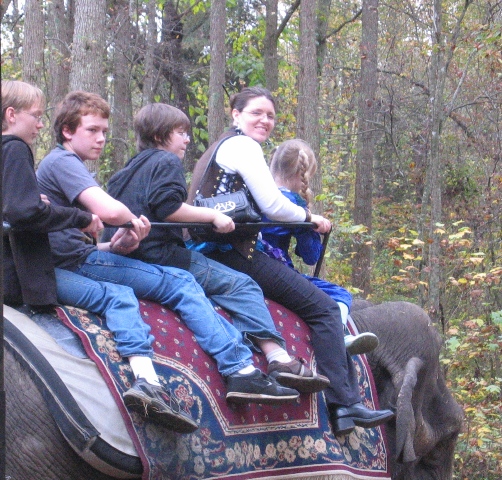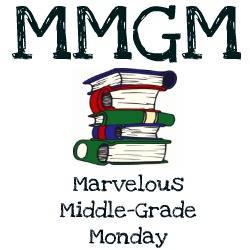@warrchick@coachhays64 there’s a certain wide-eyed wonder in MG. Also a simplicity beneath the layers. #MGLitChat
Isn’t that great? Â I felt it really encapsulated much of that ethereal-other that we find in middle grade, but can’t always put words to. Â So, let’s take a longer look at both halves of this statement. Â Remembering, of course, that while Georgia was cool with my quoting her here, she didn’t let me also forage around inside her brain, so this is my own extrapolation!
First, Wide-Eyed Wonder. Â This serves as a perfect example of why middle grades can be tough to pin down, since even our definition uses an example that is itself difficult to define. Â We all know it when we see it, but how do we write it? Â I think perhaps the easiest way is to tap into our memories of ourselves as children. Â Remember the triumph of discovery, even when it was something so insignificant to the rest the word that they’d laugh if we told them? Â Remember the awe in little things, like the sound of rain on a shed roof, or a kitten who’d just opened her eyes? Â Tapping into those memories can help you create a feeling of wonder, and it’s also useful to tap you friends’ memories of wonder, as well.
If you’re childhood memories are too fuzzy, there are probably places and situations that have given you that feeling as an adult.  A newborn baby, a thundering water fall, the release of one hundred butterflies.  These are all likely to be wonder-inducing.  However, it’s important to remember that the feeling we’re looking for is more than just incredulous–it must include a feeling that includes delight and borders on awe.  For that, it often helps to put some effort into the situation ourselves.  For example, we’re more likely to feel wonder in the incredible vista spread at our feet if we see it after climbing an impossibly steep trail, than if we just pulled our car over and glanced out the window.  Surprise can do it, too, so getting out of our comfort zone and trying new things is a good way to bring back that feeling.  It’s hard not to feel some feeling of wonder while jumping from the sky with a parachute strapped to your back, or when riding an elephant for the first time.
Second, Simplicity Beneath the Layers. Â This one is equally tricky, and I have to first clarify that I don’t for a moment think that middle grades are simplistic or thinly-layered. Â Rather, I take this as a reminder that in middle grades, the needs, wants, and desires of the main characters should be somewhat simpler in nature. Â Often, all they really want is to find a friend. Â Or have a sense of family. Â These wants can actually be hugely complex in satisfying, but they’re core desires that most of us can relate to and share. Â Even when a middle grade has a more unusual want–like that of Glady’s in All Four Stars, who just wants to cook and share exceptional food–the want can often be boiled down pretty simply and is something we can readily identify with. Â I may not share Glady’s discerning nose, but I and everyone else can relate to that squirmy feeling of being served food we really don’t want to eat. Â So, I don’t intend this to be a caution against complex plots–though of course it’s possible to over-do them–but rather a reminder that these mcs are still kids, even if they’re an evil genius or a mouse with a motorcycle, and they harbor in their heart the simple things of life we all want.
That’s my take on Georgia’s excellent encapsulation of middle grades. Â What’s your interpretation? Â Any other thoughts on the genre you can share? Â This is not a one-sided discussion–I’d love to hear what you think!
For more Marvelous Middle Grade Monday posts, reviews, interviews and giveaways, stop by Shannon Messenger’s blog, and happy reading!


Natalie Aguirre
Ms. Yingling
Greg Pattridge
Suzanne Warr
Cindy Tran
Joanne Fritz
Suzanne Warr